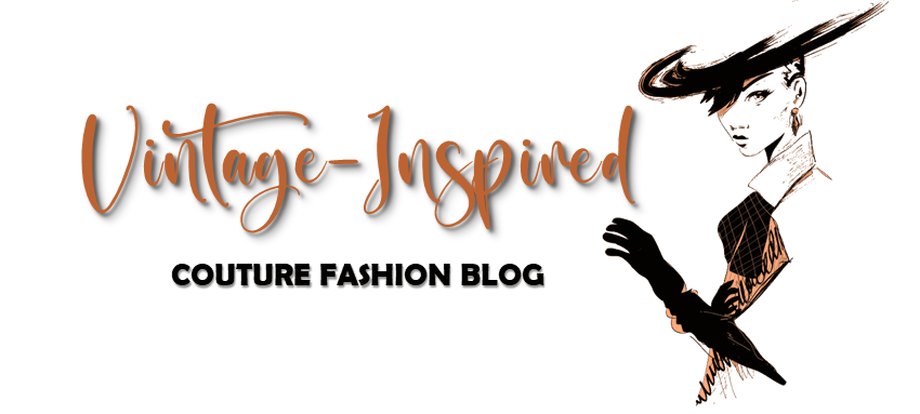Some of the clothing styles that still stands the test of time in the fashion world are the Retro styles of the 60s.
Not only will you find many vintage-inspired designs that are very ‘sixties’ today, but you’ll also find that many of today’s designers draw inspirations from famous fashion design legends like Mary Quant, Ossie Clark, Biba, and Yves St. Laurent.
Granted that in the early parts of the 1960s, women’s fashion was still classic and a spill-over from the 50s fashion - generally the “prim and proper simplicity” typical of the clothing trends set by style pacesetter Jackie Onassis, it soon took a turn for simpler less classy pieces with shorter skirts, higher boots, and ‘playful’ attire like baby-doll dresses, rompers, and jumpsuits.
Not only will you find many vintage-inspired designs that are very ‘sixties’ today, but you’ll also find that many of today’s designers draw inspirations from famous fashion design legends like Mary Quant, Ossie Clark, Biba, and Yves St. Laurent.
Granted that in the early parts of the 1960s, women’s fashion was still classic and a spill-over from the 50s fashion - generally the “prim and proper simplicity” typical of the clothing trends set by style pacesetter Jackie Onassis, it soon took a turn for simpler less classy pieces with shorter skirts, higher boots, and ‘playful’ attire like baby-doll dresses, rompers, and jumpsuits.
 |
| Retro Inspired Style |
There were also A-line mini dresses and frocks, polka dot outfits and bell-bottom pants. Skirts and dresses varied from the extremely short – the micro-mini, to ankle length (the maxi). It was a time that fashion designers were open to a different form of experimentation and they were free-spirited enough to show more skin than ever before.
By the end of the sixties and into the seventies, the hippie movement began with long flowing maxi dresses and skirts, and what may be termed as ‘less-proper’ ways of dressing.
How to Be Retro Fashion-Inspired
Wearing this style is a little more difficult to pull off than other vintage styles because though retro styles appeared conservative, with no trims, lacy frills or embellishments (faux pearls, sequins, beads) typical of the early to mid-20th century, they aren’t elegant and chic enough if you are looking for some special occasion wear. Rather, the emphasis was more on prints, colours, psychedelic patterns and textures, hallmarks of retro clothing and fashion accessories.
So, to be retro fashion inspired, make some room in your closet for some sixties style clothing that features fun, whimsical prints that modern styles simply don’t have. They’ll be perfect for blending vintage with modern styles. Other popular fashion apparels you can add to your closet include any of the following:
- Bell-bottom jeans
- Over-sized sunglasses
- Fedora hats
- Funky jackets
- Gloves
- Scarves
- Flares
- Slim fit shirts
- Fly collars
- Block heeled footwear
- Low-rise and hipster pants
To pull off the retro look, we mustn’t forget to mention the hairstyles and makeup of the time. Make-up was generally heavy with dark eyeliners, luscious red lipstick or dark, almost black lipstick, and black nail polish. Retro-inspired fashion enthusiasts still wear much of this heavy made-up look.
Hairstyles popularly worn was the pulled back ponytail and duck-tail, to pompadours that swept upwards from the face and worn high over the forehead. The trending retro hairstyles were mostly made popular by silver screen actresses.
Further Reading:
Famous Fashion Designers of the 1960s
Vintage Clothing Styles We'll Hate to See Comeback
Further Reading:
Famous Fashion Designers of the 1960s
Vintage Clothing Styles We'll Hate to See Comeback









